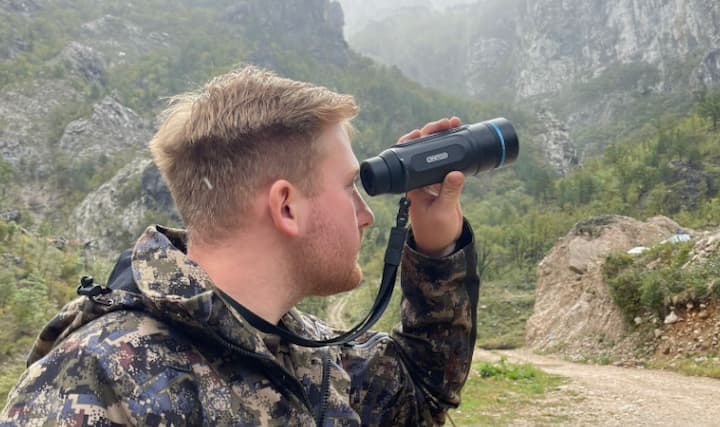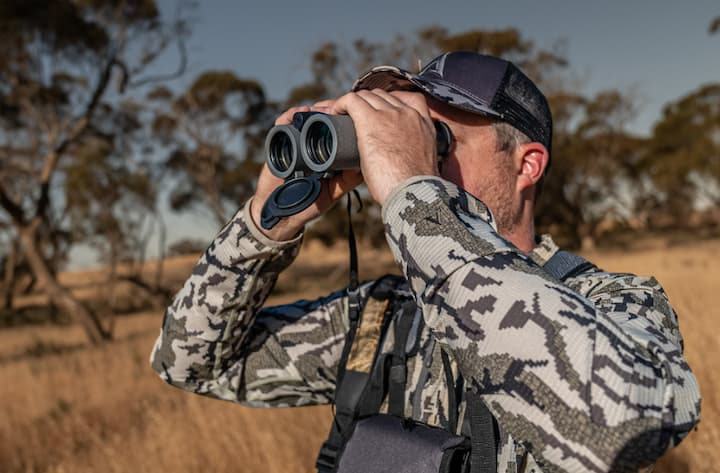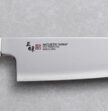Complement Your Hunting Gear with a Spotting Telescope: Benefits and Buying Tips
Contents
If you enjoy hunting, then you know it’s an activity that changes constantly depending on the conditions. Considering this, you must equip yourself with proper equipment for various environments and weather. Some hunting scenarios require constant movement, while others require you to stay put, and in both, nothing can replace the image of an animal, after hours of searching and waiting, as if you were next to it.
Binoculars are an excellent tool to see close animals, but for long distances, you’ll need a more reliable solution. Whether you’re a beginner or an experienced hunter already, you can buy a spotting telescope and upgrade your gear with a small, portable, and powerful scope that can help you distinguish animals and see details of them even when they’re far away.
It’s a compact, high-powered telescope designed for terrestrial observation, particularly in military and hunting applications. Unlike binoculars or scopes mounted on firearms, it comes with a high magnification used for reading target scores when shooting or for spotting game when hunting. The optics give you the ability to see a level of detail that is not possible when using binoculars.
Reasons to Buy a Spotting Scope

source: facebook.com/scopedoutau/
Higher Magnification
Spotting scopes typically offer a range of magnification levels from 15x to 60x or more. Higher magnification allows for detailed viewing at long distances, though it may lead to image distortion if not properly stabilised. Many high-end scopes offer the opportunity to swap eyepieces, allowing you to adjust the zoom capabilities according to your needs with a single scope.
Eye Relief
A spotting scope can help you preserve your eyes, especially when you spend long hours glassing big country. Its magnification gets you closer to the target, reducing discomfort or strain in the eyes.
Better Optics
The clarity, brightness, and colour fidelity of images through a high-quality scope can enhance your hunting experience. Many premium models come with advanced coatings and high-grade glass to minimise distortion and maximise light transmission.
Versatility
A spotting scope is a highly versatile tool that can be used for other outdoor activities, not just for hunting. Whether for birdwatching, wildlife observation, or astronomical viewing, your scope is a worthwhile investment that can come in handy while exploring the great outdoors.
A Few Things to Consider Before Making a Purchase
The Parts of a Spotting Scope
Eyepiece
It’s the lens that closest to your eye, at the rear of the scope, and it’s often adjustable to ensure eye relief.
Objective Lens
It’s the lens closest to the target, at the front of the scope, the one that gathers light and focuses it to create a crisp image. A larger objective lens leads to brighter images, which can be crucial in low-light conditions.
Magnification Ring
It enhances versatility and allows you to adjust the magnification level for a closer or broader view, depending on your needs.
Focus Wheel
It helps in fine-tuning the view for sharpness as it allows you to adjust the clarity of the image by changing the distance between the objective lens and the eyepiece.
Rotating Tripod Ring

source: facebook.com/scopedoutau/
It allows you to easily position the spotting scope when mounted on a tripod for comfortable views.
Chassis
It’s the body of the scope that provides structural integrity and protects the internal components. It’s often made of durable materials.
FOV (Field of View)
It reveals how wide the area that you can observe through the scope is. The wider the field of view, the better for tracking of moving objects.
Weight and Size
Spotting scopes come in various weights and sizes, which affects their portability. To find the perfect option for your needs, look for scopes that balance weight and size with optical quality.
Different Types Available
There are two types of spotting scopes available – angled and straight. The first one is easy to use from the side, more comfortable for upward glassing, and simple to share between hunters. The other one takes up less space in your pack, makes finding the target easier, and is easier to glass from a vehicle.
The Numbers on a Spotting Scope
They come in a format like 20-60×85. The numbers describe the magnification range and objective lens diameter, the two important factors that influence the performance of the scope. The first set of numbers describes the magnification range, so the 20-60x means that it can zoom from 20x to 60x magnification. The higher the magnification, the more detail. The number after the x indicates the objective lens diameter in millimetres. In a 20-60×85 scope, it’s 85mm. A larger objective lens allows more light to enter the scope and provides a brighter image.
Final Thoughts
While every hunter needs a rangefinder for distance shots, a spotting scope is an essential part of your gear for long-distance viewing and maximising your chances of success. Imagine yourself on a hunting trip, navigating rugged terrain, and you come across a clearing where deer often graze. You set up your scope, scan the area, and identify the deer without disturbing them. It can save you time and energy and elevate your hunting experience, regardless of your skill level.









